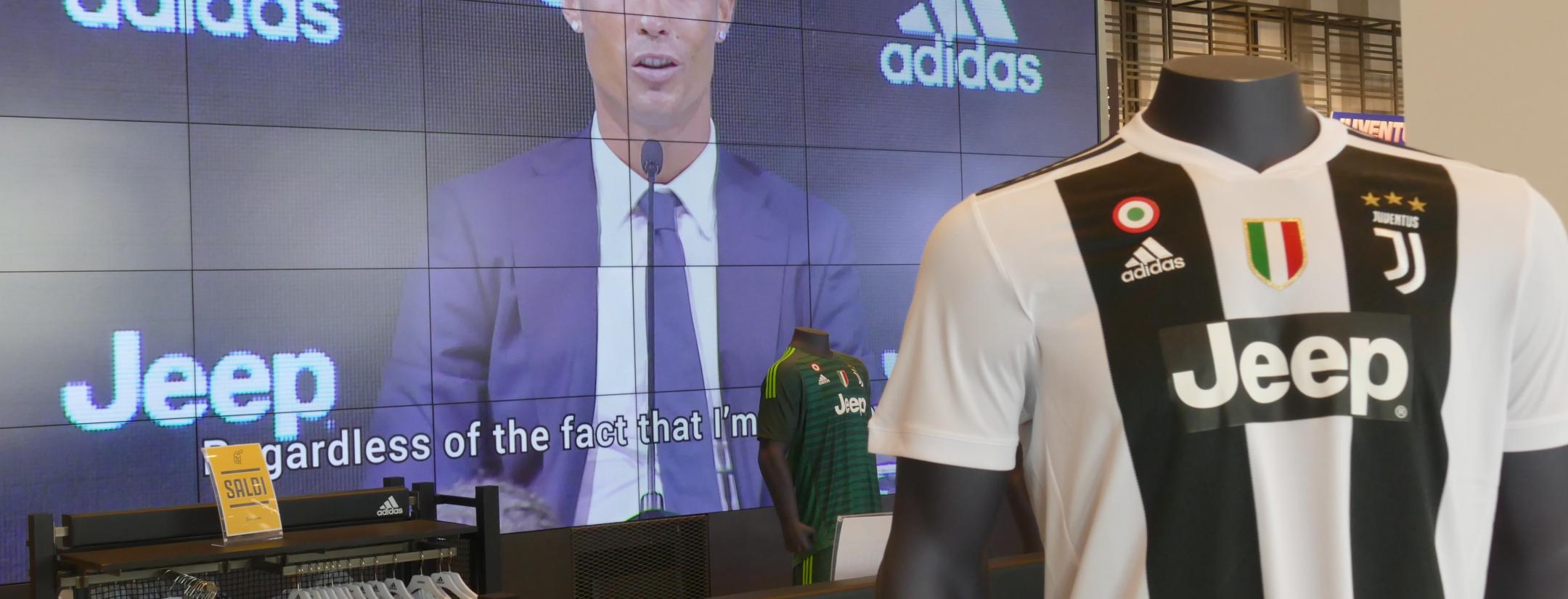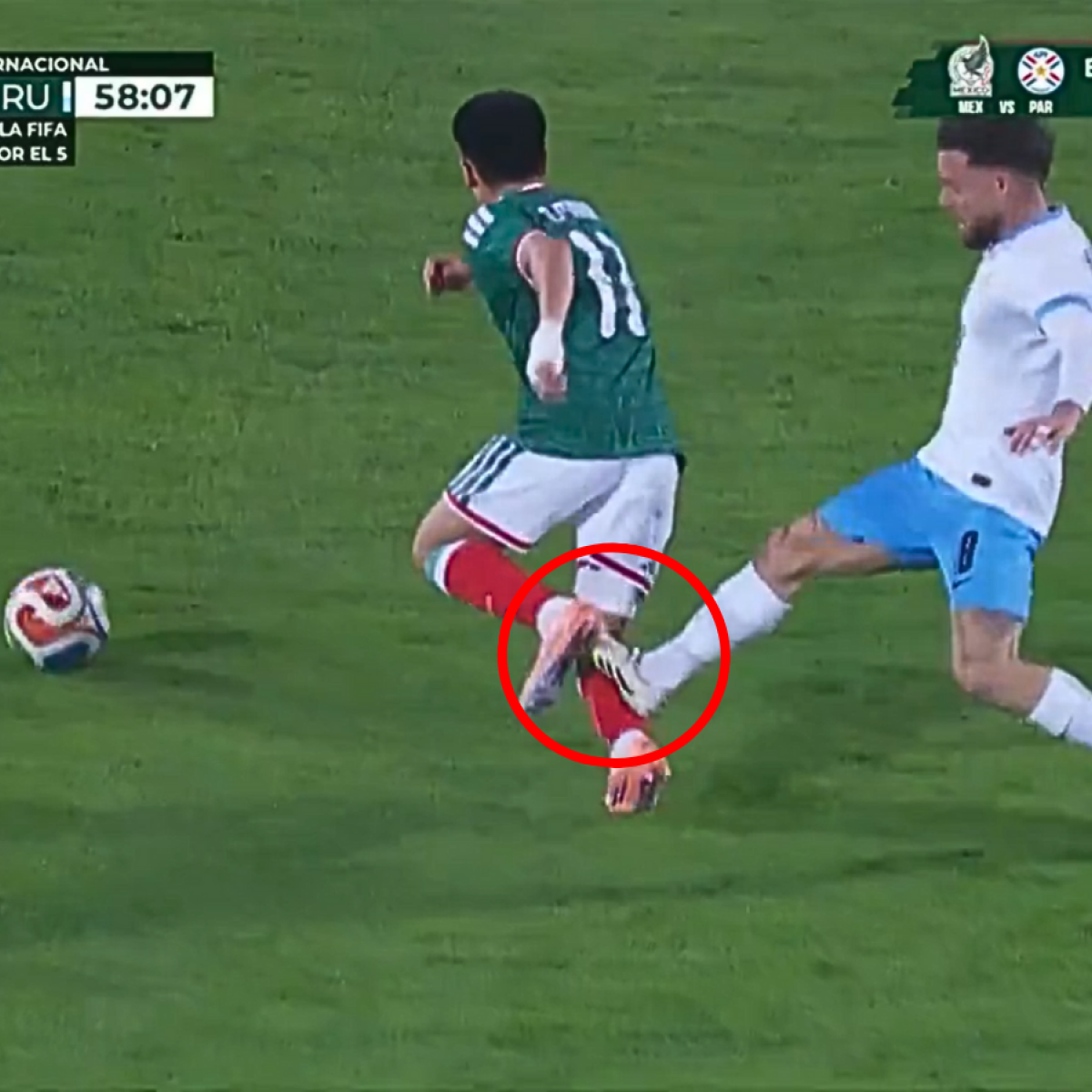Ahh, the summer transfer window. A time of great hope if your club is rich and great fear if your team is poor — or great frustration if your team is Newcastle. It’s a time for clubs to stock up on new talent, ship out superfluous players and create signing videos of widely varying quality.
But what is the summer transfer window, how does it work and when does it close in 2018? Let’s examine.
What Is The Summer Transfer Window?
The summer transfer window (and its winter counterpart) is not a new invention but it also hasn’t been around forever. Transfer windows were created in the early 2000s as a way to restrict player movement during a season. The European transfer window began ahead of the 2002-03 season.
Much in the way a trade deadline in American sports works, the summer transfer window (and winter transfer window) prevents players from transferring to another club outside of certain periods of time.
The summer transfer window is before the season (in most leagues) while the winter transfer window is near the midway point of the season and is shorter. Summer transfer windows are the primary time during which players move, but the winter window allows for teams to overcome deficiencies recognized in the first half of a season (perhaps there’s an injury or you realize your defense is crap).
The reason the windows were created, first in UEFA then nearly worldwide, was to prevent players from teams no longer in contention from being traded to a contender. Prior to windows and deadlines, mid-table clubs could sell players to teams competing at the top or bottom of the table in the final weeks of the season, which could disrupt the integrity of the competition.
The introduction of the summer and winter transfer windows and the Bosman Ruling in 1995 are two of the biggest shifts in how players move around clubs in world football.
What Isn’t The Summer Transfer Window?
Contrary to countless shite journalists and headline writers who overuse clichés, a transfer window is not a literal window that slams shut. It’s just a period of time. Calm down everyone.
How Does The Summer Transfer Window Work?
The technical term for a transfer window is a “registration period.” This means the summer and winter transfer windows are the only times clubs are able to register (read: buy) players. Clubs can actually sell players at any time as long as the buying club is within its league’s transfer window.
Additionally, clubs can agree to transfers outside of the transfer windows, but the move is not official until the window is open. Clubs cannot add players from other clubs outside of the transfer windows.
When Does The 2018 Summer Transfer Window Close?
The 2018 summer transfer window will close at different times across the world.
English leagues will close their summer 2018 transfer window before the start of the season in a major change for the Premier League. In prior seasons, the summer transfer window didn’t close until a couple weeks into the season, on Aug. 31. This year’s summer transfer window will close on Aug. 9, well before most other leagues close their windows.
This means EPL clubs could sell players to the other major leagues across Europe without the ability to sign a replacement. But it allows managers to start the season with the same team they’ll have until the winter transfer window begins on Jan. 1.
Here are the dates when the 2018 summer transfer windows will close in some of the major leagues across the globe:
- United States: Aug. 8
- England: Aug. 9
- Italy: Aug. 18
- Spain: Aug. 31
- Germany: Aug. 31
- France: Aug. 31
- Mexico: Sept. 5
Who Has Moved In This Summer Transfer Window?
The 2018 summer transfer window has been loaded with big moves, starting with Cristiano Ronaldo’s move to Juventus. Check out a list of all the transfers here.




